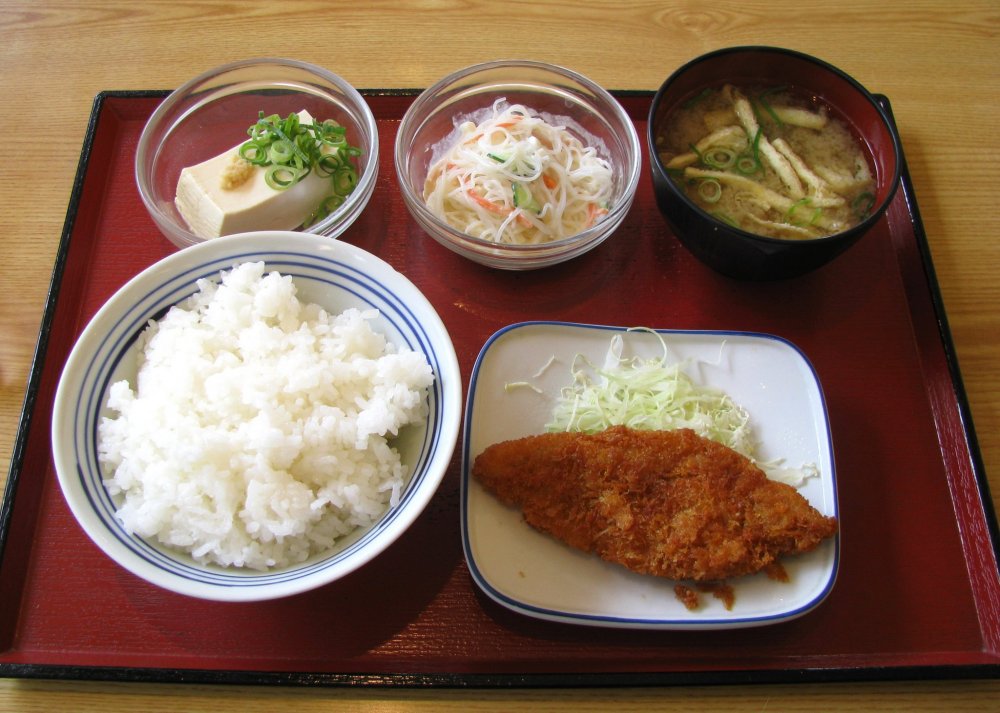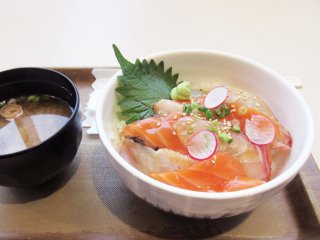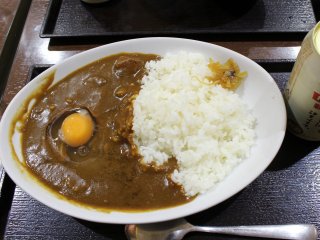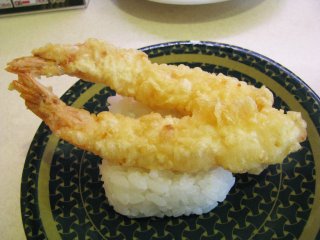When I visited Japan for the first time, I realized just how much the Japanese love good food! Food programs on television are very popular and the number of restaurants is huge wherever you go. In the shop windows there are plastic display models of dishes that look very appetizing and natural.
The cuisine of Japan is diverse, but like bread in other nations, rice occupies a special place. Many dishes are served with rice in a separate bowl. Basically, it is white rice steamed without salt, sticky but only enough to not crumble away. I have been to a variety of restaurants, and noticed that people seemed to always finish their meals without leaving anything on their plates, not even a single piece of rice. Following this, I also never left food on the plate.
I learnt that in the past, the number of koku was a measure of the prosperity of both an individual as well as a whole province. Koku is a traditional measure of volume, equal to about 150kg and was considered the average amount of rice consumed by one adult during a year. The salaries of samurai and employees, the income of the provinces, everything was measured in koku of rice. Even the cargo capacity of the ships was determined in koku of rice. In modern Japan, this measure of volume is still used, at least in the lumber industry.
It was also interesting to learn that rice goes by different names: rice as a plant is called ine, raw rice is called kome, while boiled rice is gohan. Rice is difficult to grow so farmers are careful not only with its grains but also with its stems. Rice straw has been used for a variety of products since time immemorial. Collected rice was packed in special straw containers to be transported and stored.
In the city of Kawasaki, the Nihon Minka-en open-air museum features old traditional houses from all over Japan. Many houses are covered with straw while rice straw was used as a roof filler and as stuffing for tatami. Peasants used straw to make capes, hats, wicker baskets, rugs and even sun shades in summer. Most people wore warajii - sandals woven from rice straw. Several pairs were oftentaken on a long-distance trips.
Rice straw is also used in Shinto. A Shinto shrine can be immediately distinguished by a shimenawa - a large bundle of straw shaped into a sacred rope. These shimenawa mark torii, sacred trees and stones.
Rice is such an important part of the Japan that it is always a good idea to take part in cultural activities associated with it, like the planting of rice, or even simply admiring the huge paintings on the rice fields of Aomori and Saitama prefectures.






































































